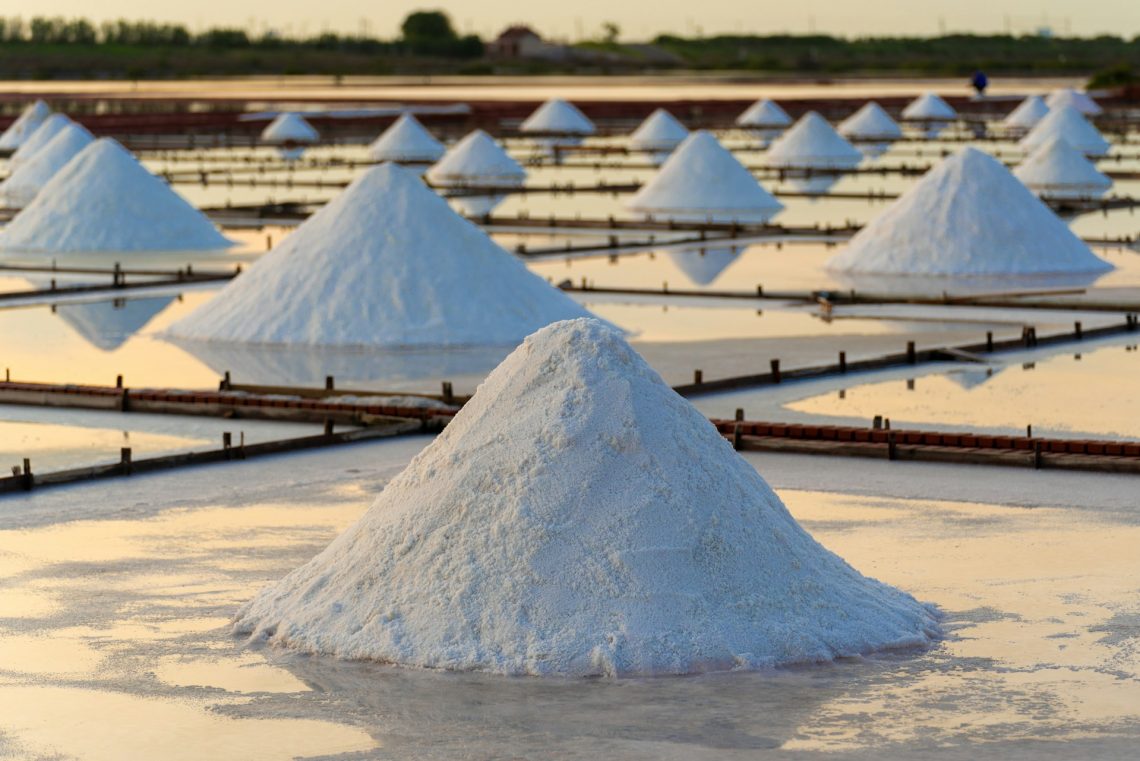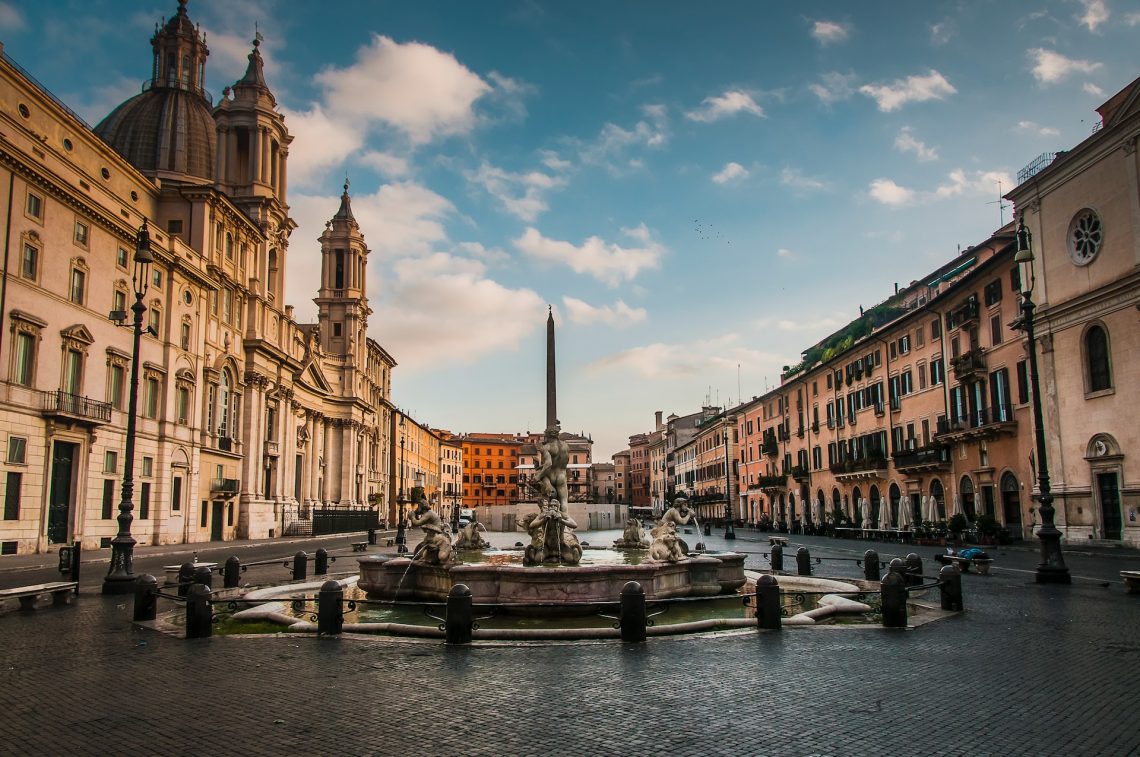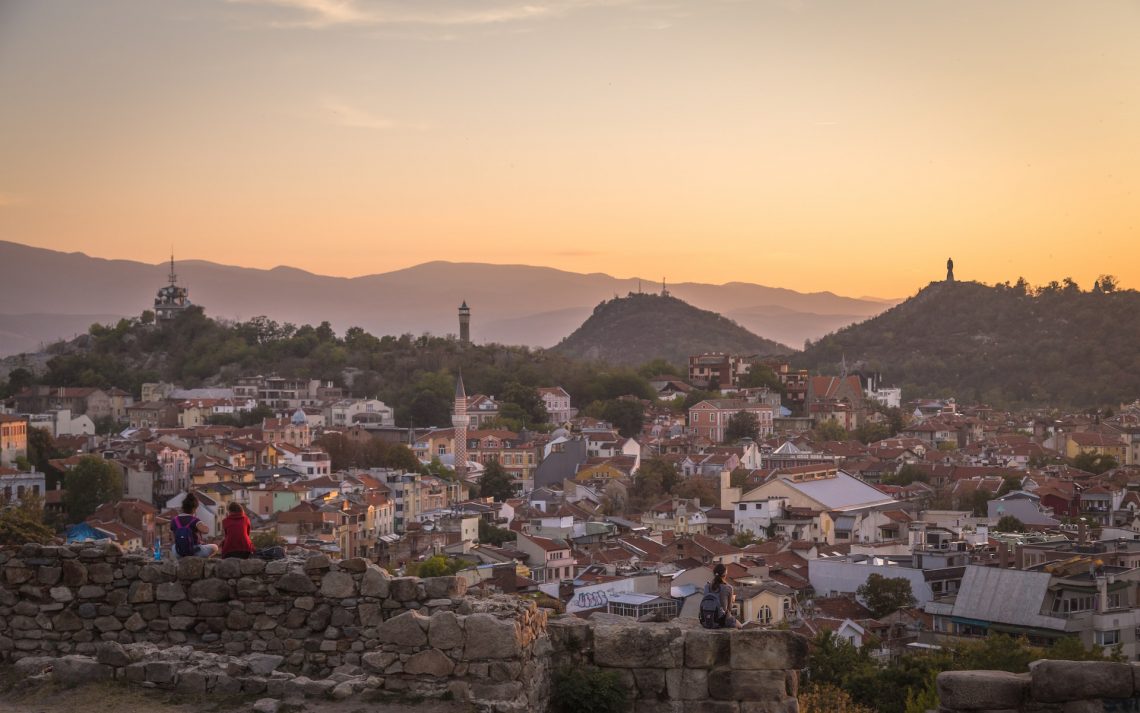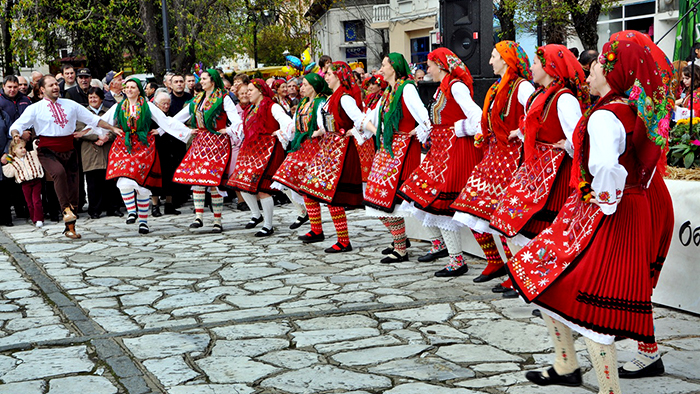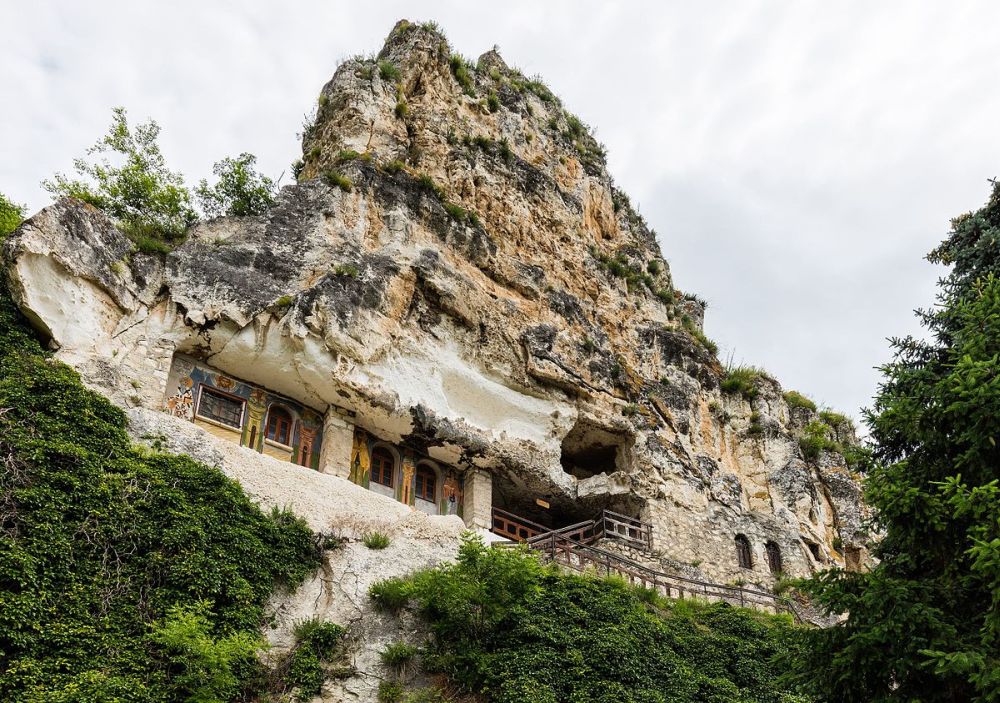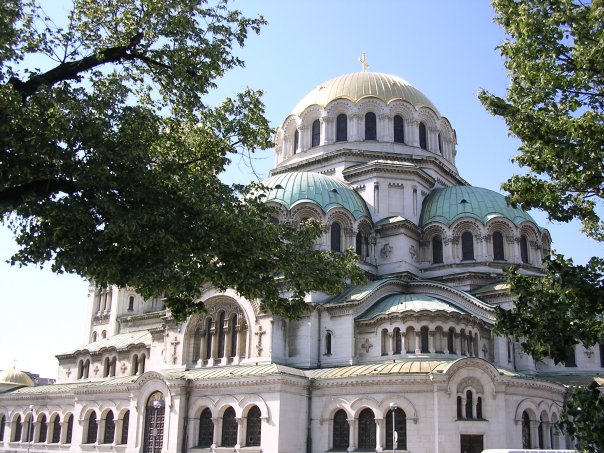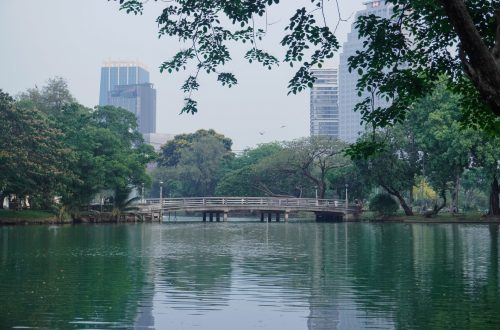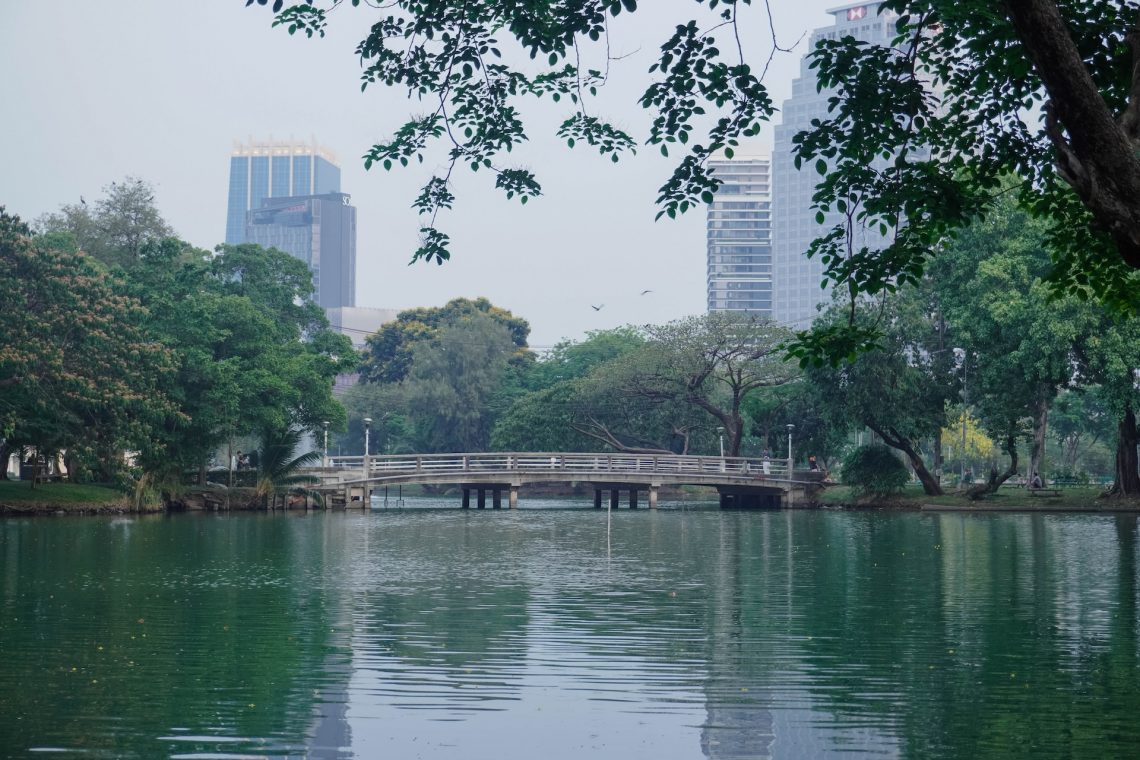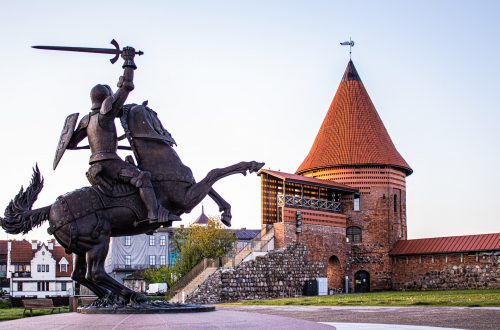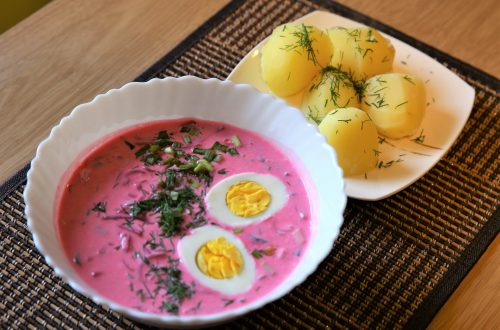-
The incredible history of the Malta’s Salina Salt Pan
Salina Salt Pan was drafted and built on a reclaimed island of clay by the engineers of the Knights of Malta. The date found engraved on the Salina is 1764, which takes us to the reign of Grand Master Manoel Pinto de Fonseca (1741-1773). Il Cabreo Del Magistero manuscript, which was compiled on the instructions of Grand Master Jean Paul de Lascaris (1636-1657), has a very detailed plan of the Salina as well as other draft plans. 1764 could have been the execution date or the date of a major alteration. The Salina has seen various modifications over the centuries, including the extension of nine large pans. The Salina suffered neglect…
-
Eight must-see piazzas in Rome, one of the most romantic cities in the world
The piazzas of Rome: meeting places, places of exchange, of prayer, at times noisy, at times romantic, undoubtedly always evocative and fascinating, enrich the city with their beauty and famous names. Start your exploration from one of the most fashionable piazzas: Campo de’ Fiori. This piazza is always full of life with its colorful morning market, lively bars, and restaurants in the evening, especially in the warm season. The vibrant atmosphere one breathes in this piazza contrasts with the austere statue of Giordano Bruno, who was burned precisely here. {There are many little shops and workshops where you can linger in the little lanes of the area. You have to…
-
An ancient city of Plovdiv: top attractions and a bit of history
Plovdiv is one of the oldest centers of European civilization, older than Rome and Athens, and a contemporary of Troy and Mycenae. In the Thracian times, the city was known as Evmolpia, but in 342 BC, Philip of Macedonia conquered Thrace, and Evmolpia was renamed Philippopolis in his honor. After the Roman invasion, Thrace became a Roman province, with Philippopolis as its most important city. Philippopolis was renamed Trimontium – the city of the three hills. After the Ottoman Invasion of the Balkan Peninsula in the mid-14th century, it was almost destroyed and renamed Fillbe. The first massive migration of Slavs to the area occurred in the early 7th century.…
-
The mighty river of Bangkok: what you can expect to see during the Chao Praya River tour
Exploring the Chao Phraya River is a splendid way to immerse yourself in Bangkok’s culture and captivating scenery. The Chao Phraya Express Boat operates a regular service with different routes along the river, stopping at key piers close to famous landmarks. These are the main attractions I would personally choose: Temple of the Dawn This magnificent riverside temple, also called Wat Arun, derives its name from the Hindu god Aruna, personified as the radiations of the rising sun. Although the temple had existed since at least the seventeenth century, its distinctive prang (spires) were built in the early nineteenth century during the reign of King Rama II. Where: Tha Tien…
-
Parks in Bangkok offer a refreshing escape from urban chaos: make sure to explore at least a few
Exploring the vibrant cityscape of Bangkok goes beyond its bustling markets and towering skyscrapers; it’s also about finding solace in its lush green oases. From the tranquil lakes of Lumphini Park to the artistic allure of Benjasiri Park’s sculptures, these green havens offer a respite from the city’s hustle and bustle. Lumphini Park This park is Bangkok’s answer to New York’s Central Park. Lumphini Park is centrally located in the city’s heart and is loved and enjoyed by locals and tourists. Lumphini Park, with its serene lakes and diverse flora, beckons for a peaceful stroll amidst towering trees. Opening Hours: 04:30-21:00 dailyLocation: Rama IV Road, PathumwanMRT: Silom, LumphiniBTS: Saladaeng Benjasiri…
-
Kaunas – sidekick of Lithuania and my favorite places to see and be
Kaunas may be Lithuania’s second city in terms of population, but many argue it is the ‘most Lithuanian’ city. Whatever that means. It is undoubtedly true that Kaunas is not as much an international city as the capital Vilnius and therefore has preserved something more purely Lithuanian. Let’s be honest, though. Kaunas is to Vilnius what Robin is to Batman. It’s BarnicleBoy to SpongeBob, Dannii to Kylie, Rocky to Bullwinkle, Weasley to Potter, and David Hasselhoff to a black car, some silicone balloons, or just about any inanimate object. It’s sidekick city. It’s less famous, grabs fewer headlines, has a lower makeup budget, isn’t as pretty, and always seems to…
